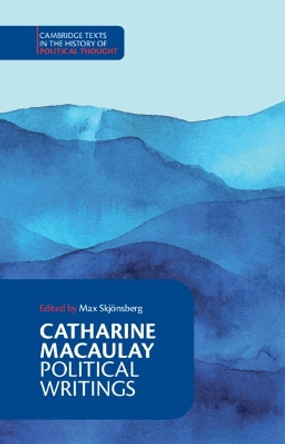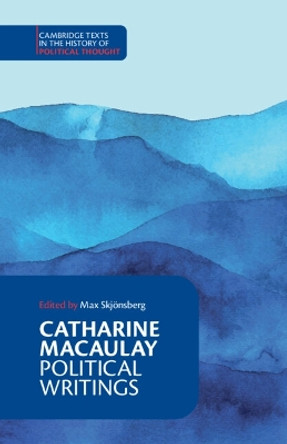The city of Rome is built not only of bricks and marble but also of the words of its writers. For the ancient inhabitant or visitor, the buildings of Rome, the public spaces of the city, were crowded with meanings and associations. These meanings were generated partly through activities associated with particular places, but Rome also took on meanings from literature written about the city: stories of its foundation, praise of its splendid buildings, laments composed by those obliged to leave it. Ancient writers made use of the city to explore the complexities of Roman history, power and identity. This book aims to chart selected aspects of Rome's resonance in literature and the literary resonance of Rome. A wide range of texts are explored, from later periods as well as from antiquity, since, as the author hopes to show, Gibbon, Goethe and others can be revealing guides to the literary topography of ancient Rome.
This book explores a wide range of descriptions of the city of Rome from later periods as well as from antiquity.Reviews"...[a] rich volume..." New York Sun
"...this stimulating book.... ...led me to think in fresh ways about the peculiar dynamic of Roman literature...." Lee T. Pearcy, Bryn Mawr Classical Review
"...this stimulating book....led me to think in fresh ways about the peculiar dynamic of Roman literature in which global assertations are intimately connected to specific persons and places." Lee T. Pearcy, Bryn Mawr Classical Review
Book InformationISBN 9780521559522
Author Catharine EdwardsFormat Paperback
Page Count 164
Imprint Cambridge University PressPublisher Cambridge University Press
Weight(grams) 307g
Dimensions(mm) 196mm * 127mm * 11mm







